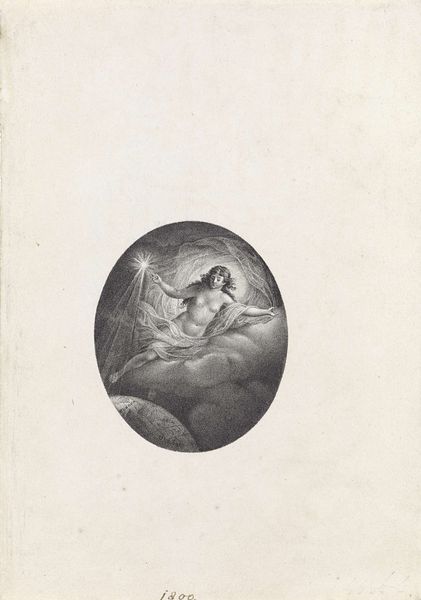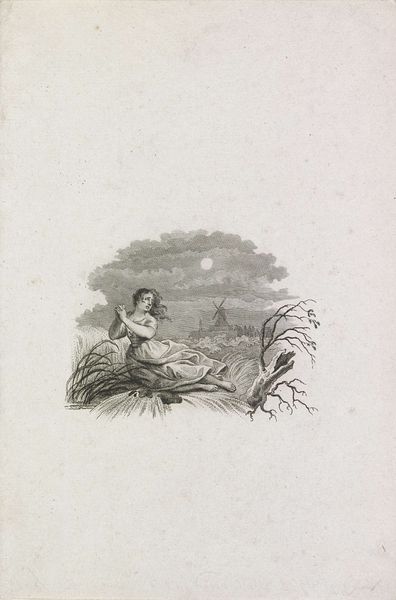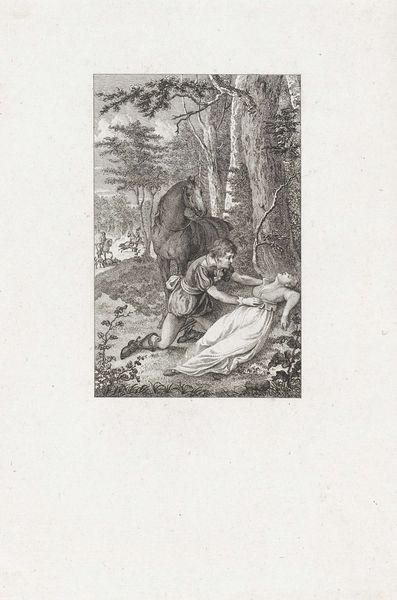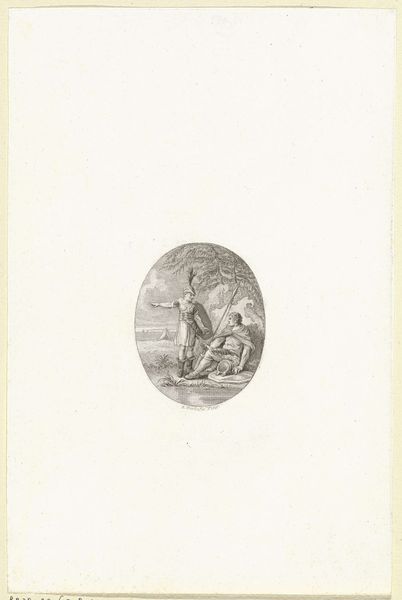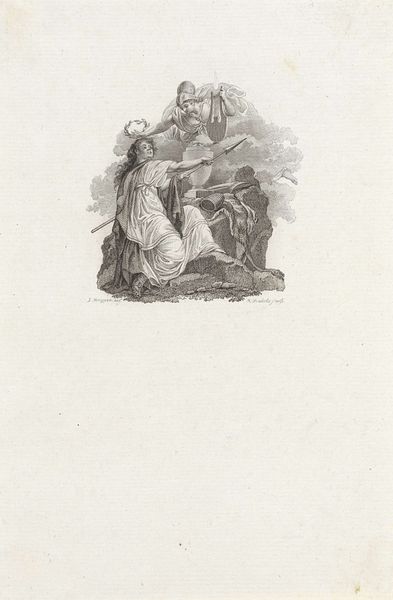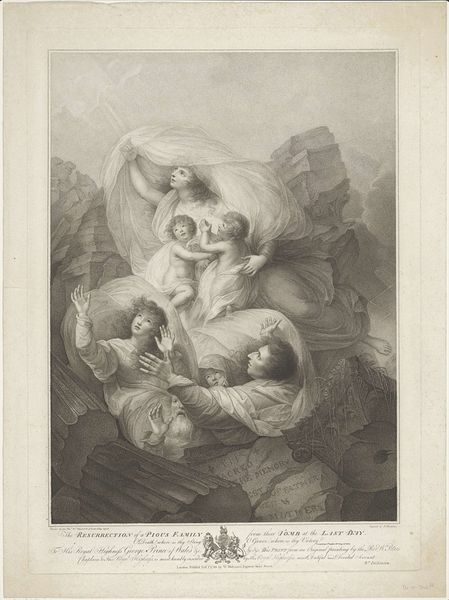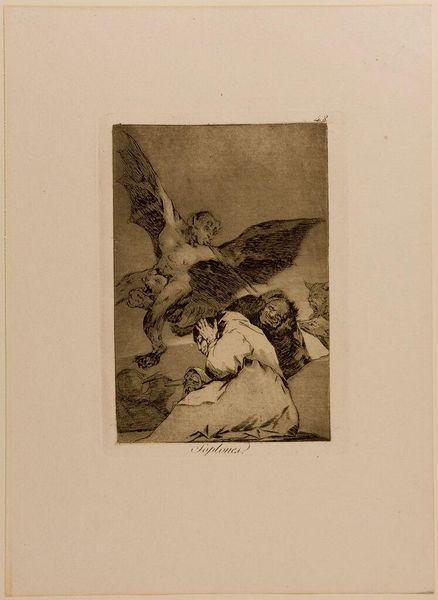
drawing, pencil
#
drawing
#
allegory
#
figuration
#
pencil drawing
#
romanticism
#
pencil
Dimensions: height 240 mm, width 160 mm
Copyright: Rijks Museum: Open Domain
Lambertus Antonius Claessens created this allegory on the Enlightenment in 1795. In the late 18th century, the Enlightenment sought to transform society through reason and science. Claessens, living through the revolutionary fervor of the time, captures this spirit in a symbolic form. A central female figure radiates light over a shadowed globe marked with the word ‘Asia.’ This representation speaks to the era’s complex relationship with gender and race. The Enlightenment ideal of reason was often gendered as male, while the feminine was associated with nature and emotion. Consider how the allegory uses a female figure to embody enlightenment, a concept that was philosophically coded as masculine. The depiction of Asia hints at the colonial underpinnings of the Enlightenment project, suggesting a desire to ‘enlighten’ non-European parts of the world. The unfinished sketches below further emphasize the transitional and incomplete nature of enlightenment, which remains an ongoing process.
Comments
No comments
Be the first to comment and join the conversation on the ultimate creative platform.
